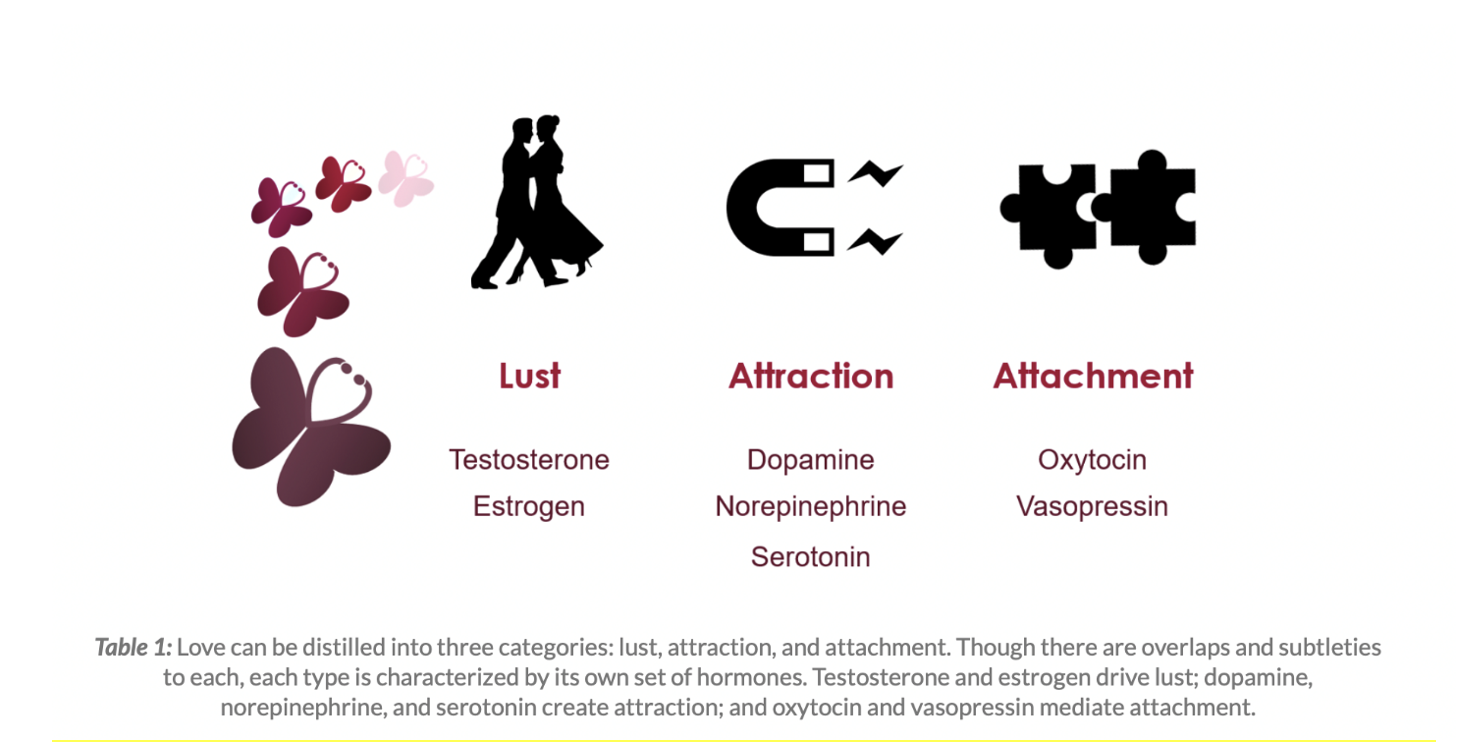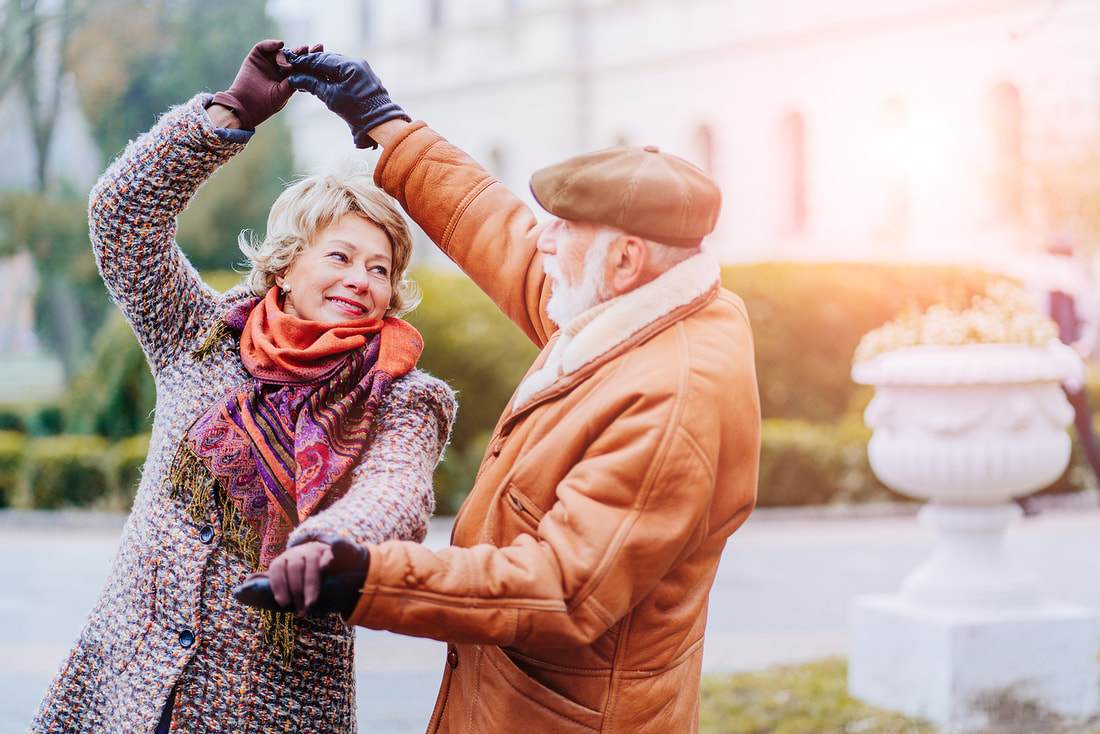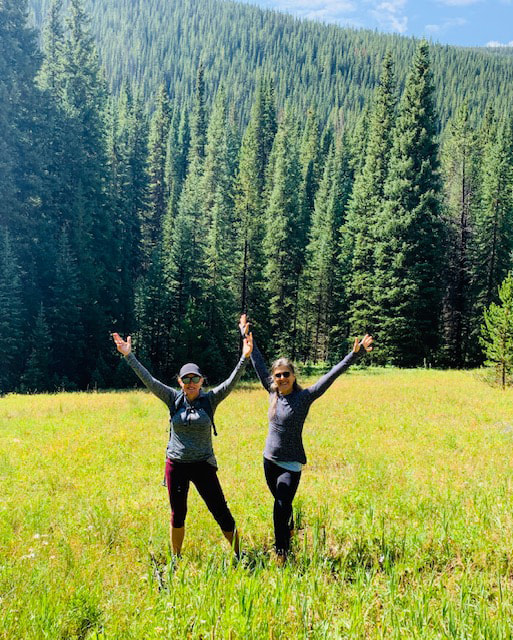You might envision a candlelight dinner, chocolates, and champagne or a get together or hike with a prospective love interest. Alternatively, you may feel like V-day is just hype to sell a ton of greeting cards and roses and that it kicks other kinds of love out of the way. You may be lonely and longing for connection right now, but whichever of these scenarios you relate to, just remember - loving and being loved are always available. We each have a deep capacity for romantic love, for loving a child, friends, our family and for loving ourselves. Our ability to share love and to receive love depends upon so many things including how we were raised, how we saw those around us demonstrate affection, trauma we might have experienced and our sense of self-worth. “Your task is not to seek for love, but merely to seek and find all the barriers within yourself that you have built against it.” Rumi Romantic love. Euphoria, increased energy, hyper-focus on the loved one, and intense emotions are all a part of the experience of ‘falling in love’. These feelings relate to specific neural activity from chemicals in the brain. When Kenny Rodgers sang “Love is a Drug,” he wasn’t all that far from the truth. Lightning strikes when it hits the ground Heavy is the head that wears the crown Wheels are gonna roll, drums gonna pound Love is a drug that you can't put down Love is a drug that you can't put down. Have you ever stopped to think about what's really going on in that intricate dance of emotions we call love? Falling in love happens with an irresistible cocktail of hormones and chemicals that result in feelings characterized by exhilaration, intrusive thinking, not being able to eat or sleep, or obsessive thoughts and more. According to a team of scientists led by Dr. Helen Fisher at Rutgers, romantic love can be broken down into three categories: lust, attraction, and attachment. Each category is characterized by its own set of hormones stemming from the brain (Table 1). Credit: Lust, attraction, and attachment in mammalian reproduction Fisher H Hum Nat. 1998  Researchers have scanned the brains of people who are madly in love and found a heavy surge of dopamine, a neurotransmitter in the brain’s reward system that helps people feel pleasure. High levels of dopamine and a related hormone, norepinephrine, are released during attraction. These chemicals make us giddy, energetic, and euphoric, even leading to decreased appetite and insomnia. The initial phase of falling in love and intense infatuation lasts for several months or even years for some. During the next phase, there is increased intimacy, commitment, and attachment. This is driven by 2 hormones called oxytocin and vasopressin. Oxytocin helps us feel safe and secure after the initial high cortisol and stress of the uncertainty and risk of falling in love. The more time you spend with your partner, the more oxytocin you produce; the more oxytocin you produce, the more you may desire your partner. Vasopressin promotes behaviors of vigilance and being territorial and self-protective. And when you fall in love, your serotonin levels go down — which is the same trend typically found in people with obsessive-compulsive behavior. This explains why people in the early stages of love can become obsessed with continuous connection, and sometimes being overly pre-occupied such as wondering where someone is and who they’re with, the obsessing looping and tireless rumination, or the anxiety over them not texting you back.
Meaningful Relationships are Important for Brain Health and Longevity
We know that there is a strong connection between the amount of social support in your daily life and the volume of your brain. A 2021 study done by neuroscientists at NYU Langone showed that people who have a beloved social circle to connect with and with whom they can share feelings and feel heard tend towards stronger overall cognitive function. If your social circle is full of people who you are comfortable and safe to share with, you can increase your brain volume and cognitive acuity compared to that of someone four years younger than your expected age. That’s how deeply powerful meaningful relationships can be for our brains. A physician once said, “The best medicine for humans is love.” Someone asked, “What is it doesn’t work?” He smiled and said, “Increase the dose.” “The greatest thing you'll ever learn is to love and be loved in return.” ― Moulin Rouge The Power of Love  Love is a force that has the power to transform lives, heal, and teaches us many lessons. Love is the antidote to fear, hatred, and anger and has the remarkable ability to transcend boundaries and bridge differences. Love and being loved are two of the most important things in life. One way to work with our own barriers to love is to tune in to ourselves when we are with people. You can use your senses and get a feeling for how another person sounds, feels, and appeals to you. Are you drawn to the tone of their voice, the way they move, and how they make you feel? Those are the best ways to tune into your own comfort and sense of safety with that person. Those are the best foundations for building a healthy loving connection. “The greatest thing you'll ever learn is to love and be loved in return.” ― Moulin Rouge Love comes in all forms. Whether you are married or single, young, or old, everyone can benefit from giving and receiving love. Be it from cosmic choreography, serendipitous synchronicities, lucky coincidences, wonder or awe, Love is miraculous and is happening all around you. Every day, and especially this month, we celebrate the power of love. It’s the power we have to make someone’s day special, the power to transform lives. And it’s the knowledge that we too are loved. In hope, healing, and with love,
Dr. Suzanne Gazda and Dr. Ilene Rusk References: Acevedo, B. P., Aron, A., Fisher, H. E., Brown, L. L. (2012) Neural correlates of long-term intense romantic love. Social Cognitive and Affective Neuroscience, 7, 2, pp. 145–159. Aykutoğlu B, Uysal A. The relationship between intimacy change and passion: A dyadic diary study. Front Psychol. 2017. https://www.frontiersin.org/journals/psychology/articles/10.3389/fpsyg.2017.02257/full Cacciopo, S. Wired for Love: A Neuroscientist's Journey Through Romance, Loss, and the Essence of Human Connection. MacMillan. https://us.macmillan.com/books/9781250790606/wiredforlove Dryden-Edwards, R., Stoppler, M. C. (2017). The difference between healthy and obsessive love. MedicineNet. https://www.medicinenet.com/confusing_love_with_obsession/views.htm Durayappah-Harrison MAPP, A. Brain Study Reveals Secrets of Staying Madly in Love. Psychology Today. 2011. https://www.psychologytoday.com/intl/blog/thriving101/201102/brain-study-reveals-secrets-staying-madly-in-love Jia H, Lubetkin EI. Life expectancy and active life expectancy by marital status among older U.S. adults: Results from the U.S. Medicare Health Outcome Survey (HOS). SSM Popul Health. 2020;12:100642. Published 2020 Aug 15. doi:10.1016/j.ssmph.2020.100642 Salinas J, O’Donnell A, Kojis DJ, et al. Association of Social Support With Brain Volume and Cognition. JAMA Netw Open. 2021;4(8):e2121122. doi:10.1001/jamanetworkopen.2021.21122 Wells JL, Haase CM, Rothwell ES, et al. Positivity resonance in long-term married couples: Multimodal characteristics and consequences for health and longevity. J Pers Soc Psychol. 2022;123(5):983-1003. doi:10.1037/pspi0000385
0 Comments
Your comment will be posted after it is approved.
Leave a Reply. |
AuthorDr. Suzanne Gazda, Integrative Neurology Archives
February 2024
Categories |







 RSS Feed
RSS Feed